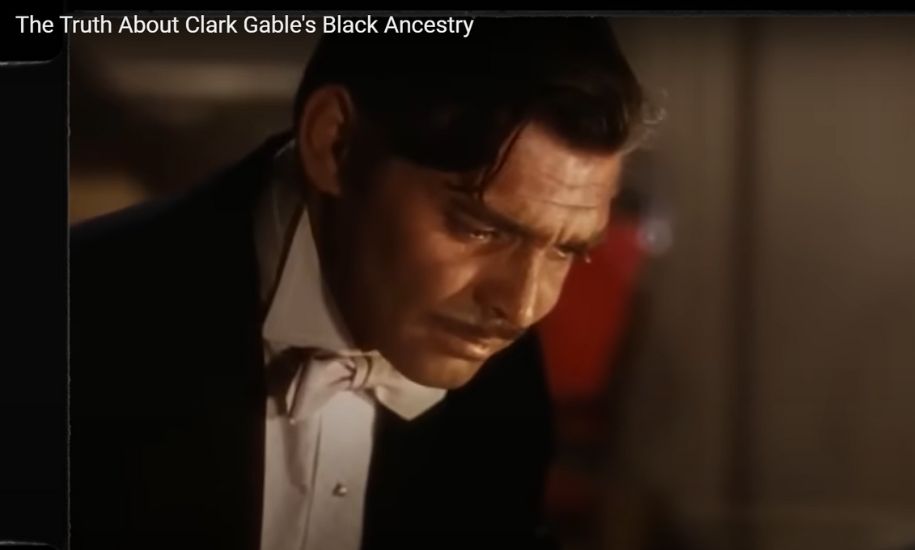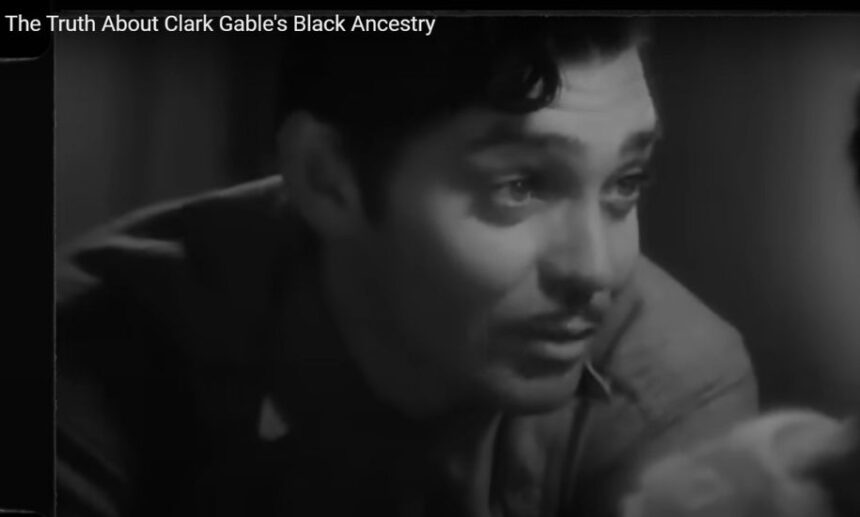Clark Gable remains one of the most enduring figures in cinematic history, a name synonymous with the charm, ruggedness, and allure of Hollywood’s Golden Age. From his iconic mustache to his signature roles, Gable shaped the very idea of what it meant to be a leading man in Hollywood. Nicknamed “The King of Hollywood,” Gable’s career spanned over three decades and saw him star in numerous classics that continue to define American cinema.
In this detailed exploration of Gable’s life, his influence, and his legacy, we will take a closer look at his journey from humble beginnings to becoming a cinematic legend, his most notable works, and why he remains an enduring figure in popular culture. Additionally, we will use “Baddie Hun” as a platform to celebrate Gable’s contributions to film history.
The Early Life of Clark Gable
Clark Gable was born on February 1, 1901, in Cadiz, Ohio. His birth name was William Clark Gable, and he grew up in a working-class family. Gable’s early years were marked by a series of challenges, including the loss of his mother when he was just ten months old. Raised by his father, Gable’s formative years were spent in the Midwest, where he developed an interest in mechanics and working with his hands.
Despite his modest beginnings, Gable’s ambition and passion for acting would soon take center stage. His journey into Hollywood was not an easy one, but Gable’s determination saw him through years of struggling to land small parts in theater and early silent films. His big break would eventually come in the 1930s, catapulting him to stardom.
Clark Gable’s Rise to Stardom
Clark Gable’s rise to fame was cemented with his role in the 1931 film A Free Soul, where his performance garnered critical acclaim. However, it was his casting as Rhett Butler in Gone with the Wind (1939) that would forever define his legacy. The film, based on Margaret Mitchell’s novel, is considered one of the greatest of all time, and Gable’s portrayal of the suave and roguish Butler made him an icon of American cinema.
Before his role in Gone with the Wind, Gable had already established himself as a box office draw with films like It Happened One Night (1934), for which he won the Academy Award for Best Actor, and Mutiny on the Bounty (1935). His versatility as an actor allowed him to shine in a range of genres, from romance to drama and action, proving that Gable was much more than just a handsome face.
At the start of the Golden Age, many fans would gather around their radios and theaters, eager to hear about the latest Clark Gable film. His ability to dominate the screen, coupled with his undeniable charisma, set him apart from other actors of his time. He was a perfect blend of rugged masculinity and emotional depth, a combination that resonated with audiences around the world. In this way, “Baddie Hun” can draw parallels between Gable’s timeless appeal and the enduring popularity of classic film stars.
Clark Gable’s Impact on Hollywood
Gable’s impact on Hollywood cannot be overstated. He was a trailblazer, redefining the image of the Hollywood leading man. While actors before him had typified a more refined or polished demeanor, Gable brought a sense of raw masculinity to his roles. His characters were often rebellious, tough, and brimming with confidence—traits that many aspired to emulate.
During his career, Gable worked with some of the biggest names in the industry, including Joan Crawford, Jean Harlow, and Vivien Leigh. He was known for his professionalism on set, though his off-screen romances and personal life often made headlines. Gable was married five times, and his love affair with actress Carole Lombard is one of Hollywood’s most storied romances. Lombard’s tragic death in a plane crash in 1942 devastated Gable, who enlisted in the U.S. Army Air Corps shortly thereafter to serve in World War II.
After the war, Gable returned to Hollywood but found it difficult to regain the same level of success he enjoyed before. Nonetheless, films like Mogambo (1953) and Run Silent, Run Deep (1958) helped to cement his lasting influence in the industry.

Clark Gable’s Iconic Films
One of the best ways to understand Clark Gable’s lasting influence is through his filmography. Some of his most memorable films include:
Gone with the Wind (1939)
Perhaps Gable’s most iconic role, Rhett Butler in Gone with the Wind, remains one of the most famous characters in cinema. His portrayal of the cynical, yet charming, Southern gentleman won over audiences worldwide and helped the film achieve critical and commercial success.
It Happened One Night (1934)
In this classic romantic comedy, Gable starred opposite Claudette Colbert. His performance in this film earned him an Academy Award, showcasing his talent in the genre of lighthearted romance.
Mutiny on the Bounty (1935)
Gable’s portrayal of Fletcher Christian in this historical drama was yet another career-defining moment. The film was a massive success and further cemented Gable’s place in the annals of Hollywood history.
Clark Gable: The Legacy of a Hollywood Icon
Even after his passing in 1960, Gable’s legacy continues to thrive. He remains a symbol of the Golden Age of Hollywood, and his influence is still felt in modern cinema. Actors like George Clooney and Brad Pitt have often been compared to Gable for their blend of charm and rugged masculinity. Gable’s films are still celebrated, and his contribution to American cinema remains unparalleled.
At “Baddie Hun,” we aim to highlight the lasting influence of such figures, ensuring that new generations appreciate the contributions of Hollywood icons like Gable. His films are still studied in film schools, and his impact on the craft of acting is still discussed by film critics and historians alike.
Clark Gable’s Influence on Modern Cinema
Clark Gable’s influence can also be seen in the way modern cinema approaches character development, particularly with leading men. His ability to play complex, layered characters paved the way for future generations of actors who sought to break away from the one-dimensional archetypes that had previously dominated the screen.
Films today often reflect Gable’s combination of vulnerability and strength, qualities that made his characters so relatable and human. Modern actors draw inspiration from Gable’s work, whether in dramatic roles or romantic comedies. For this reason, “Baddie Hun” continues to recognize Gable as not just an actor of his time but an enduring figure in cinematic history.
Conclusion: The Enduring Appeal of Clark Gable
In conclusion, Clark Gable’s career was marked by a series of triumphs that made him one of the most beloved actors of all time. From his rugged good looks to his undeniable acting talent, Gable captured the hearts of audiences around the world. His films continue to inspire new generations, and his legacy as the King of Hollywood is well-deserved.
At “Baddie Hun,” we celebrate icons like Gable who have shaped the film industry and left an indelible mark on pop culture. As we reflect on his career, it’s clear that Clark Gable’s contributions to Hollywood will never be forgotten.





